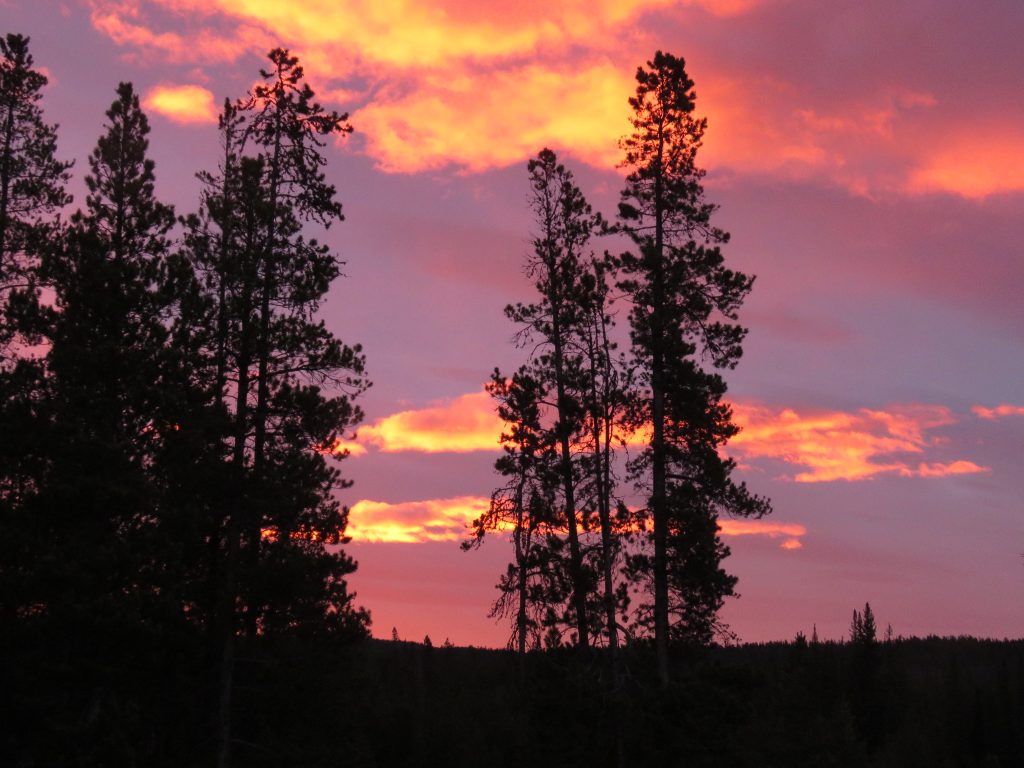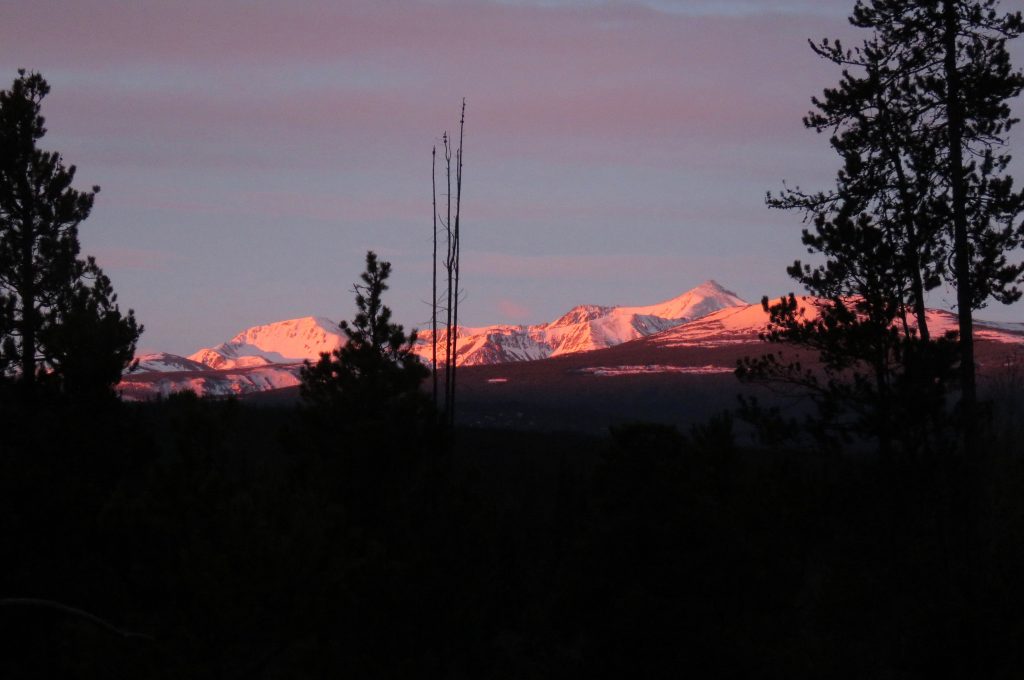On the first “freedom day” with my English volunteers (day 15 of our isolation) we celebrated by going to the dump, post office and Nimpo store. Half way to Nimpo is a wide marshy area known as Cariboo Flats. And lo and behold, it was living up to its name. I see them occasionally there in the spring as they migrate back and forth between two mountain ranges. That day there were eight of them – the one on the left wore a radio collar.
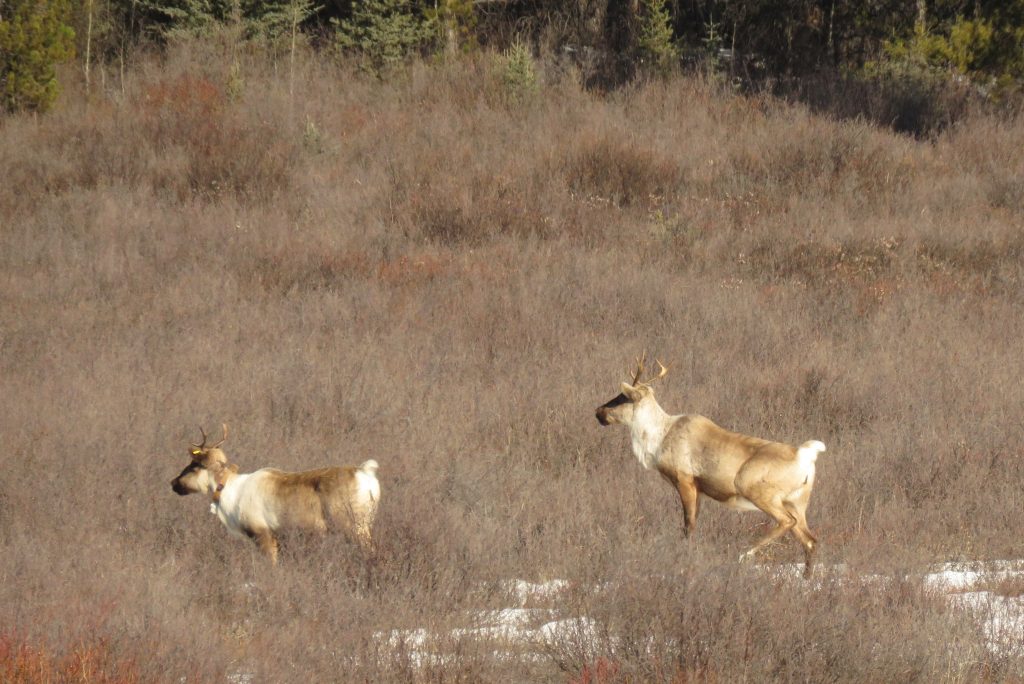
The next day’s weather looked perfect and we put a rack on the truck and carried the canoe down to Tatlayoko Lake, the only place at the time with open water. It is very deep and beaten by fierce winds so rarely freezes. By leaving early, we had a few hours of calm.
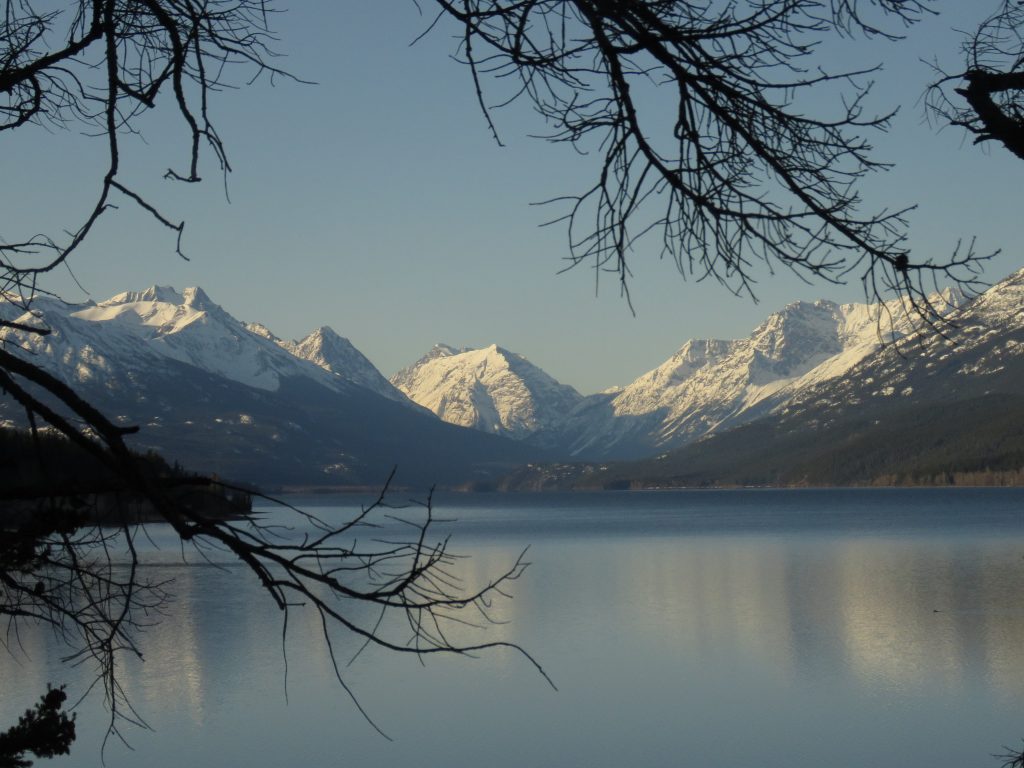
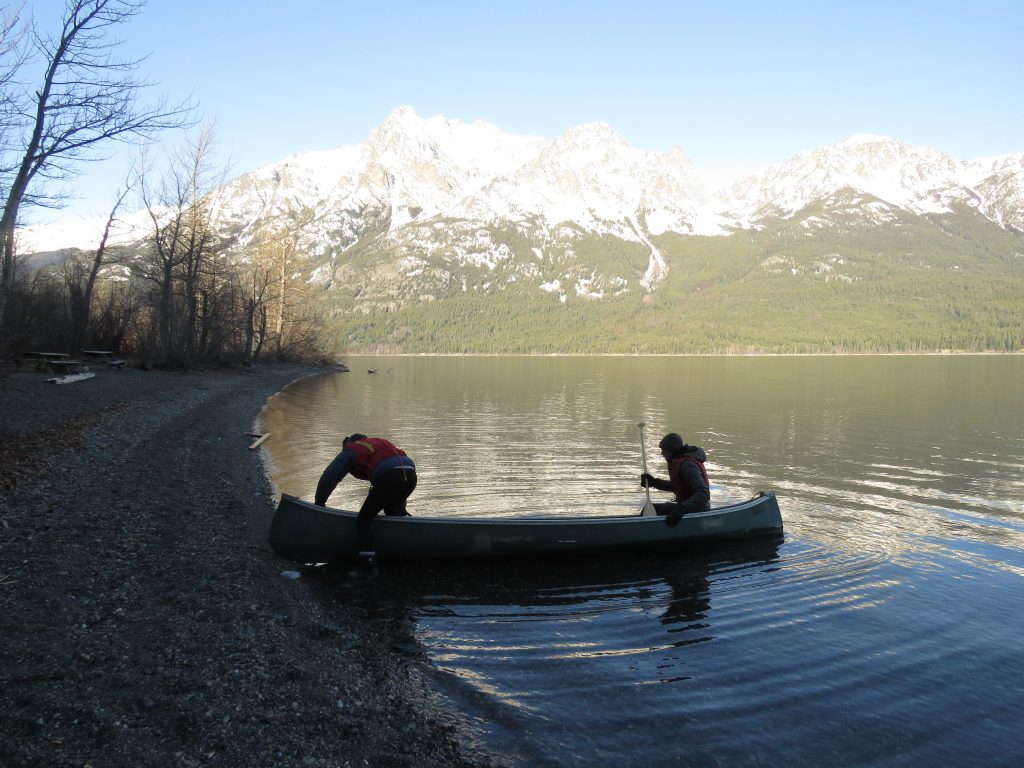
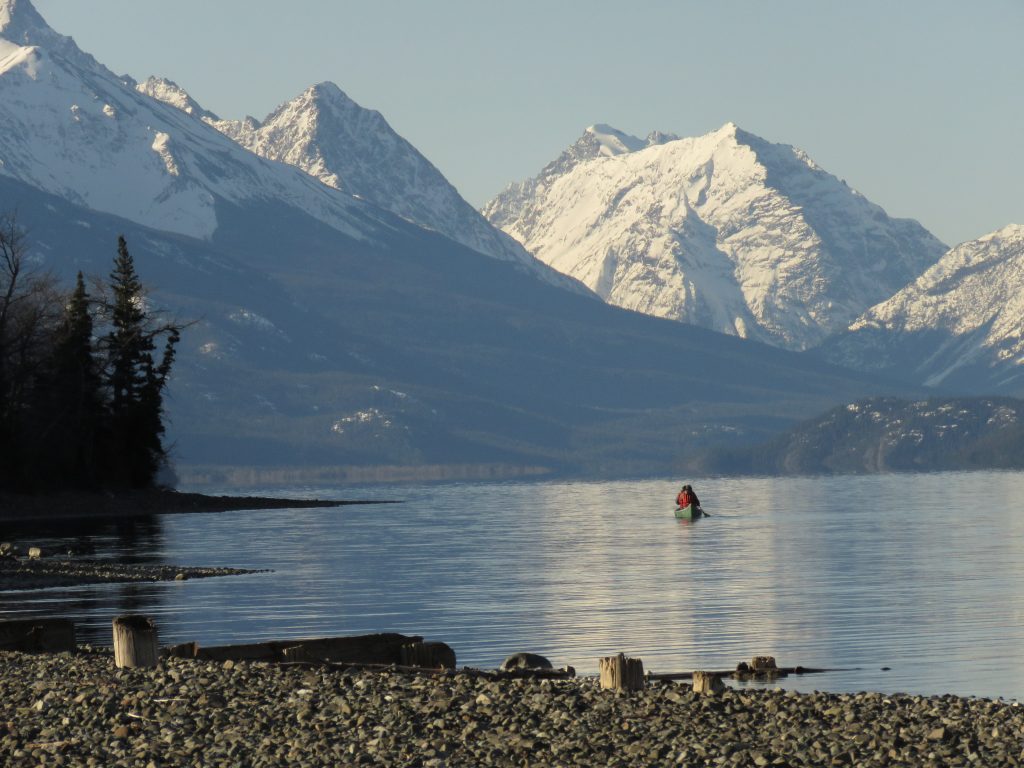
The shore was freshly iced.
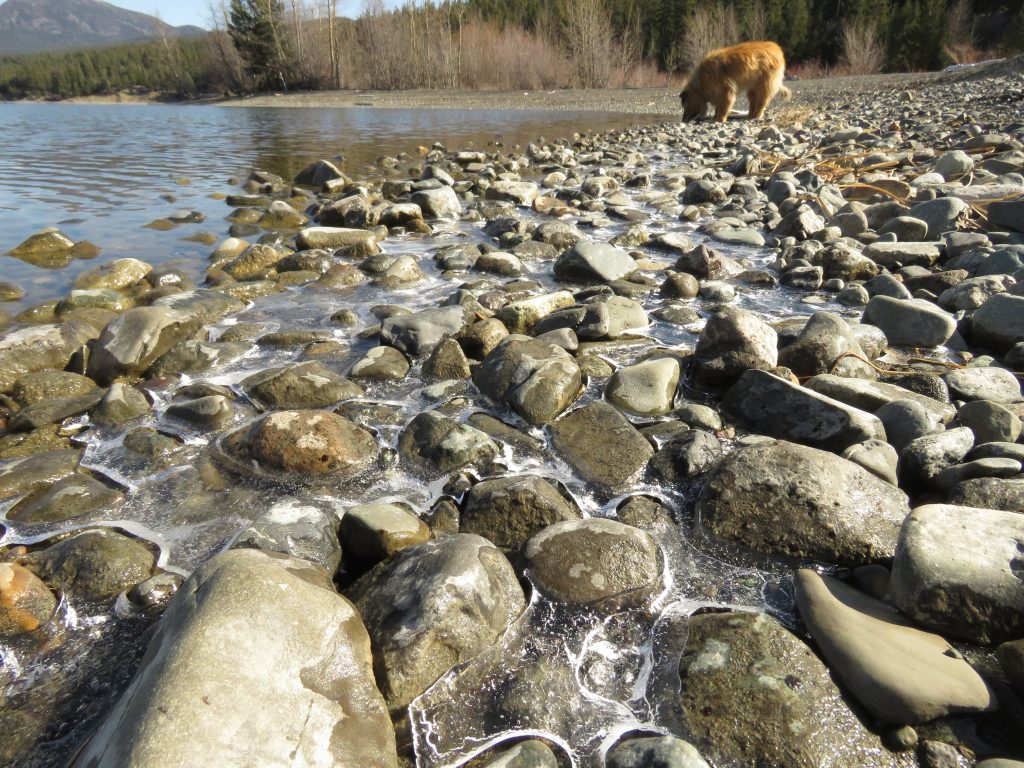
Cottonwood twigs were budded but not yet leafed.
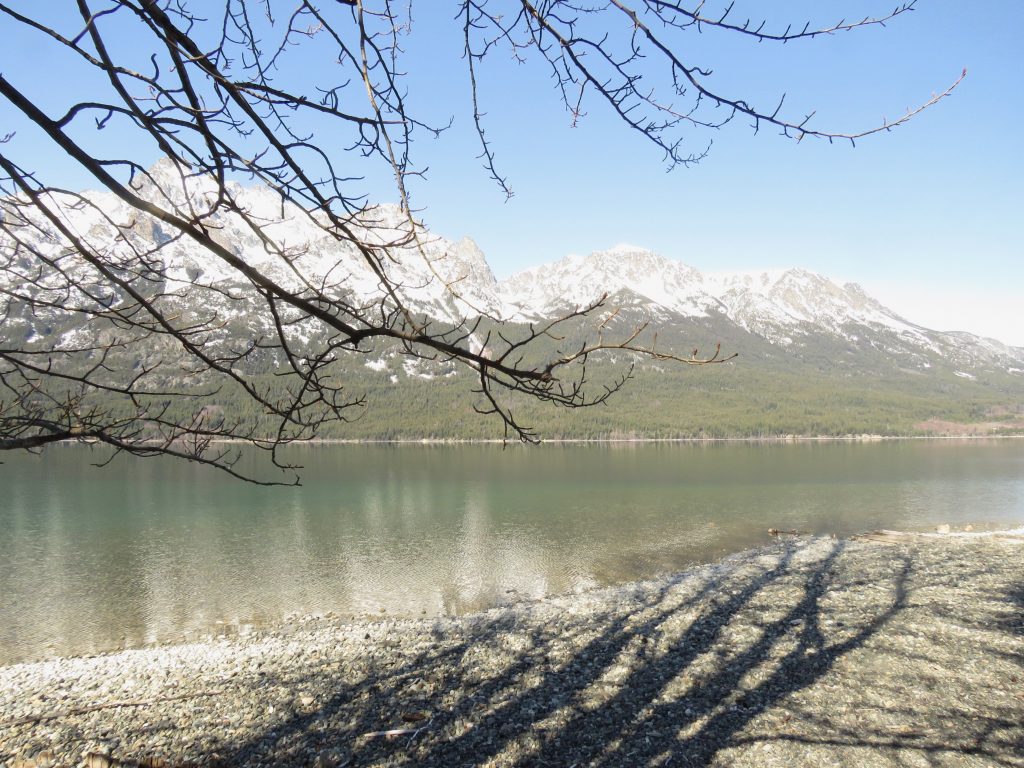
And because there was no snow, there were hundreds of robins scuttling around in the grass.
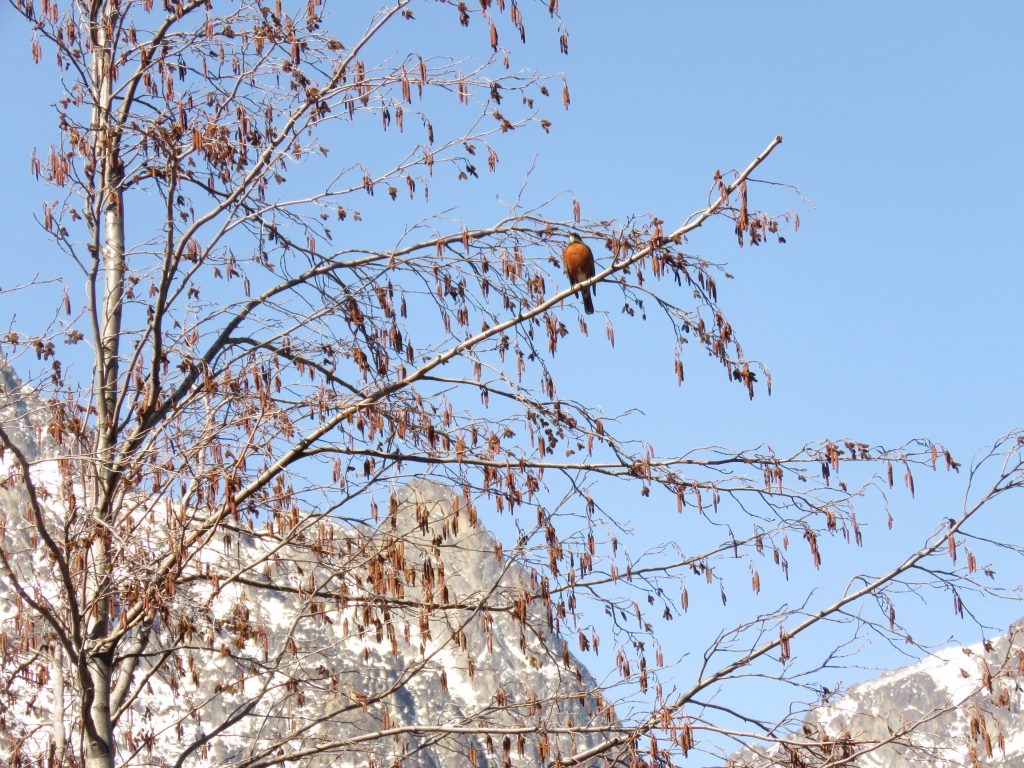
It happened to be Easter Sunday. Normally the community would host an Easter egg hunt on that day, but we saw no one. (We didn’t find any eggs, either.)
The main lake held few birds, but the lagoon at the north end was full of ducks: Barrow’s goldeneye, buffleheads and lesser scaups mainly.
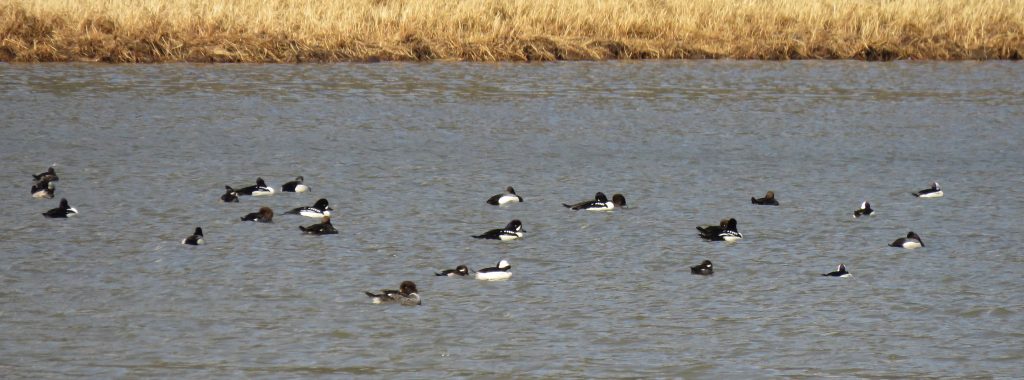
We had heard ruffed grouse drumming near my house, and on our way home, one sashayed across the road in front of us.
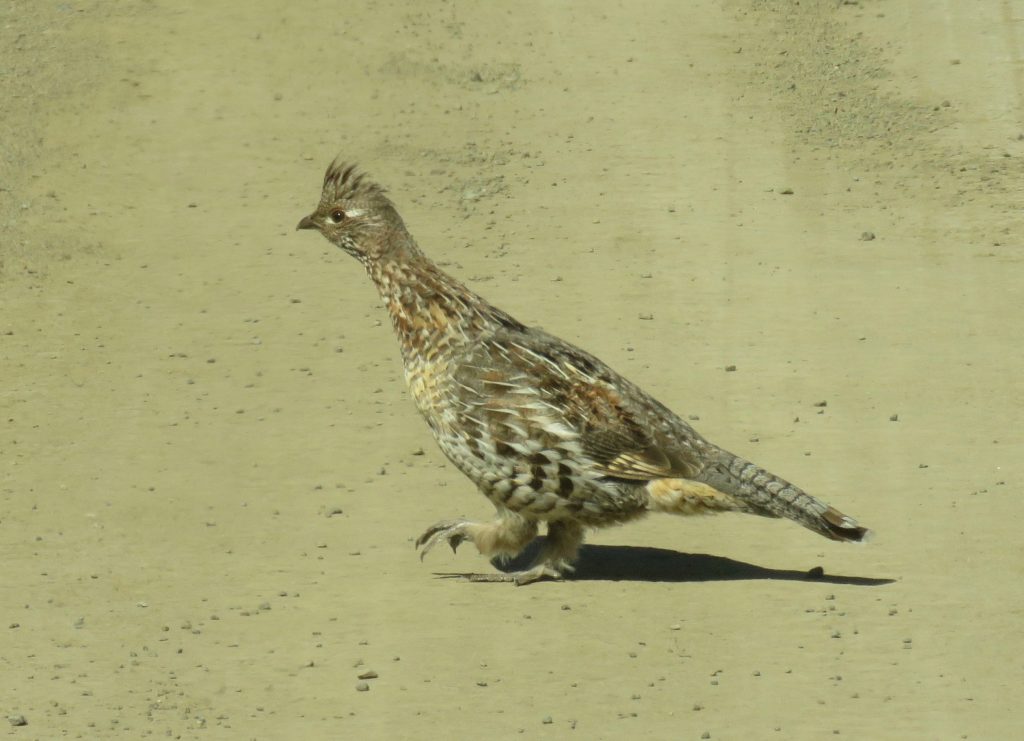
Oli and Clare still had a few days before they left, and they continued with burning. Although the snow was going fast, it still made access to the work areas difficult.
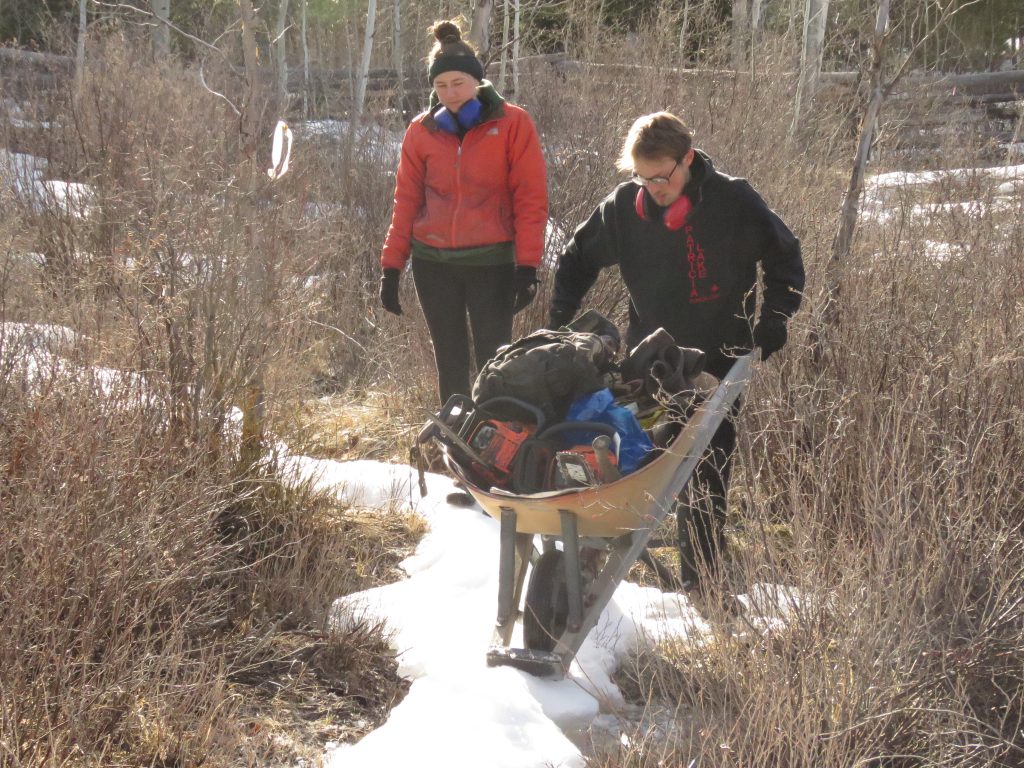
The last permitted burning day was April 16. This seemed very early for us, but the snow had gone further east and already at least one grass fire had got out of hand. Forestry was adamant that the date would be strictly observed with nice fines for those who disobeyed. Due to the Covid-19 they wanted minimize travel.
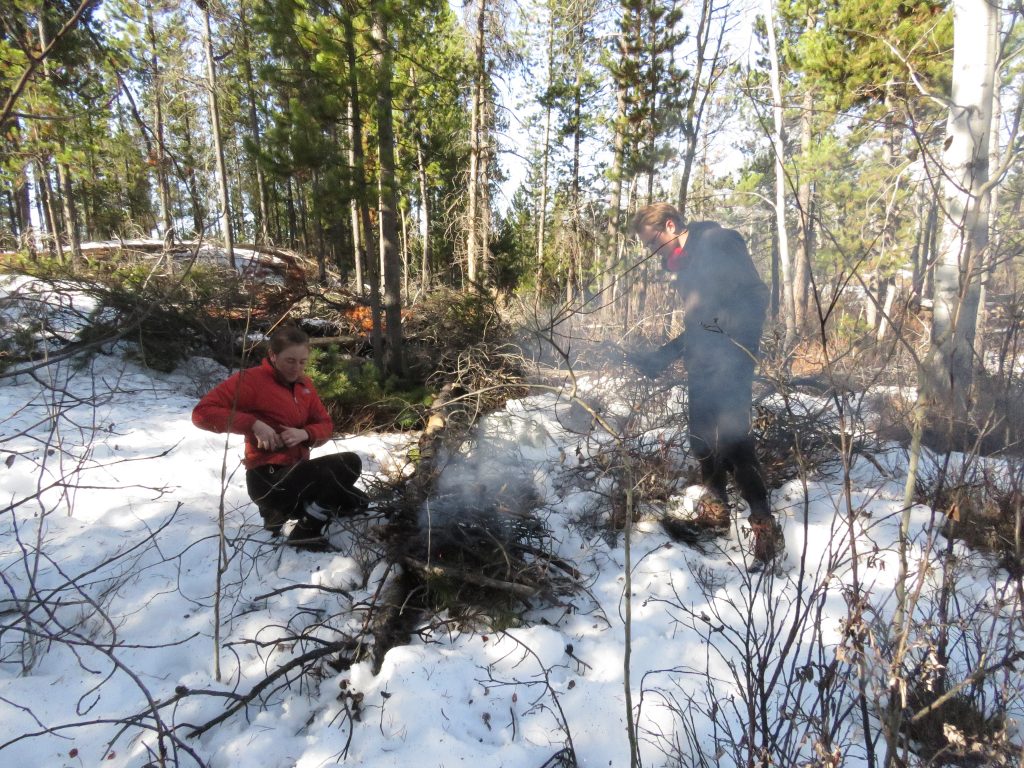
Now that the snow is gone, one can see the enormous amount of material that Oli and Clare missed. But considering so much was frozen into the ground, they did a really good job.
It was about this time that the first open water appeared on the pond.
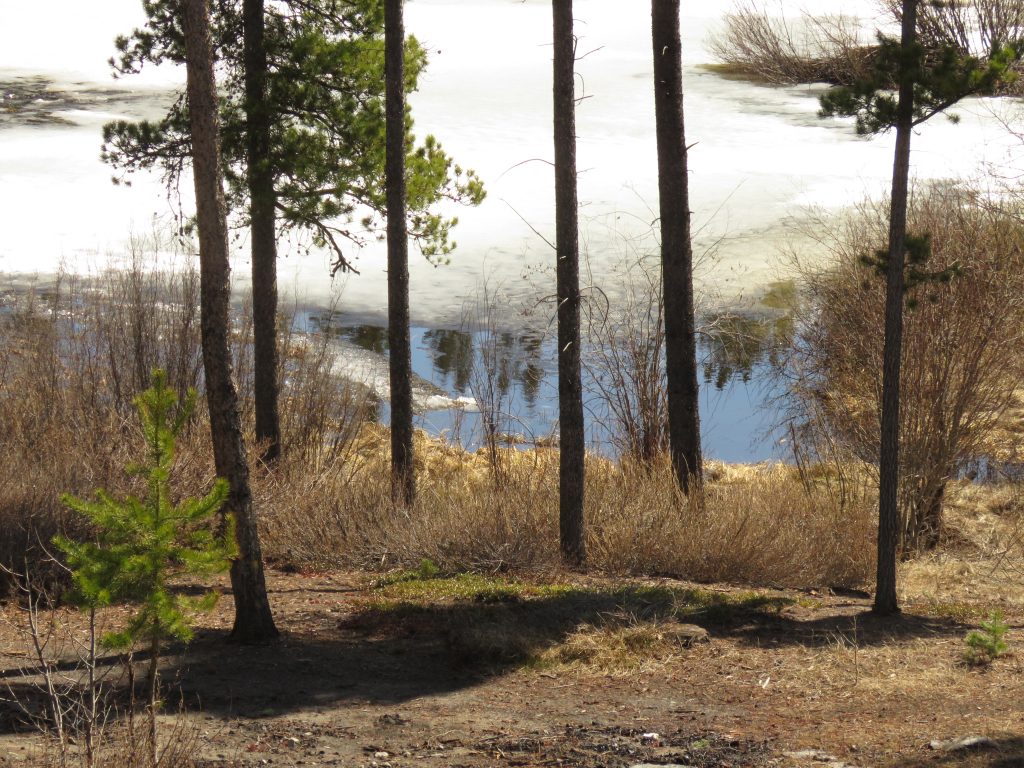
And in no time, it seemed, the snow was gone.
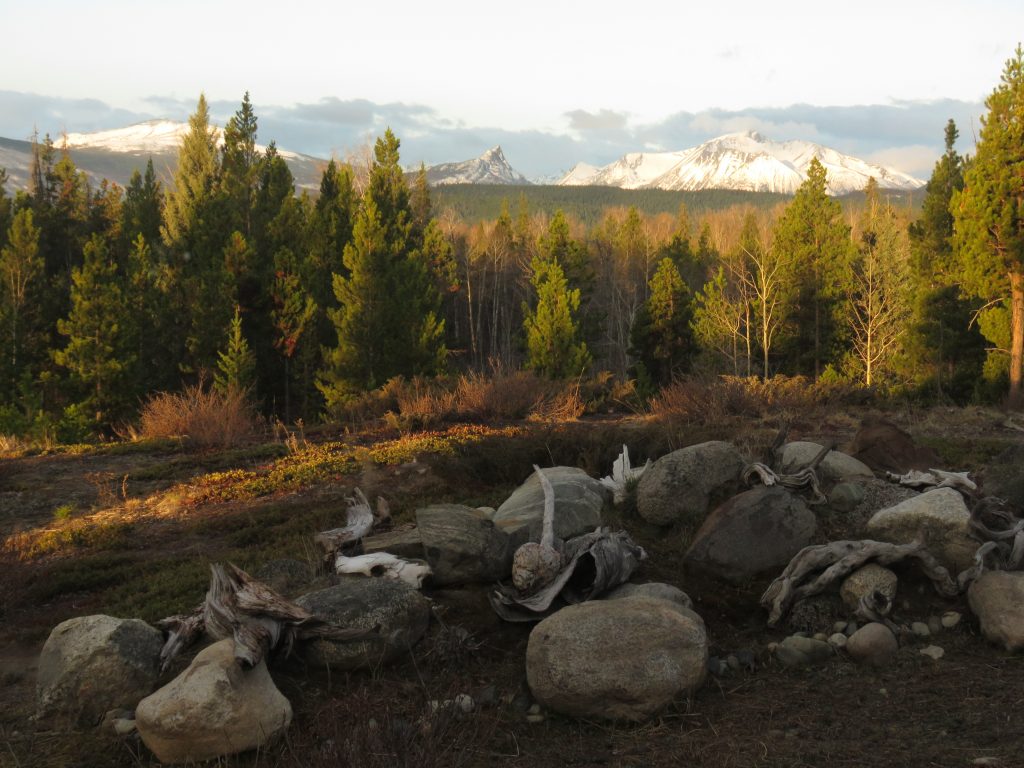
Oli and Clair drove their car out a few days early so that most of the road would still be frozen.
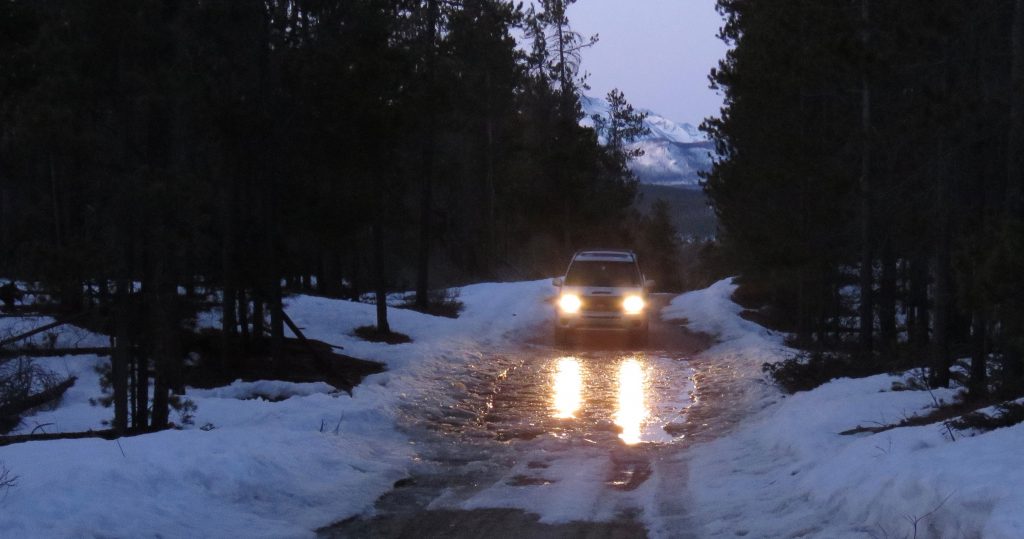
They left on the 19th kitted out with a virus survival kit of dust masks, soap and water, food (so they did not have to purchase much), but I could not imagine.What it would be like jammed close together for 10 hours on a plane.
I now had 4 days alone. During that time our road disintegrated considerably.
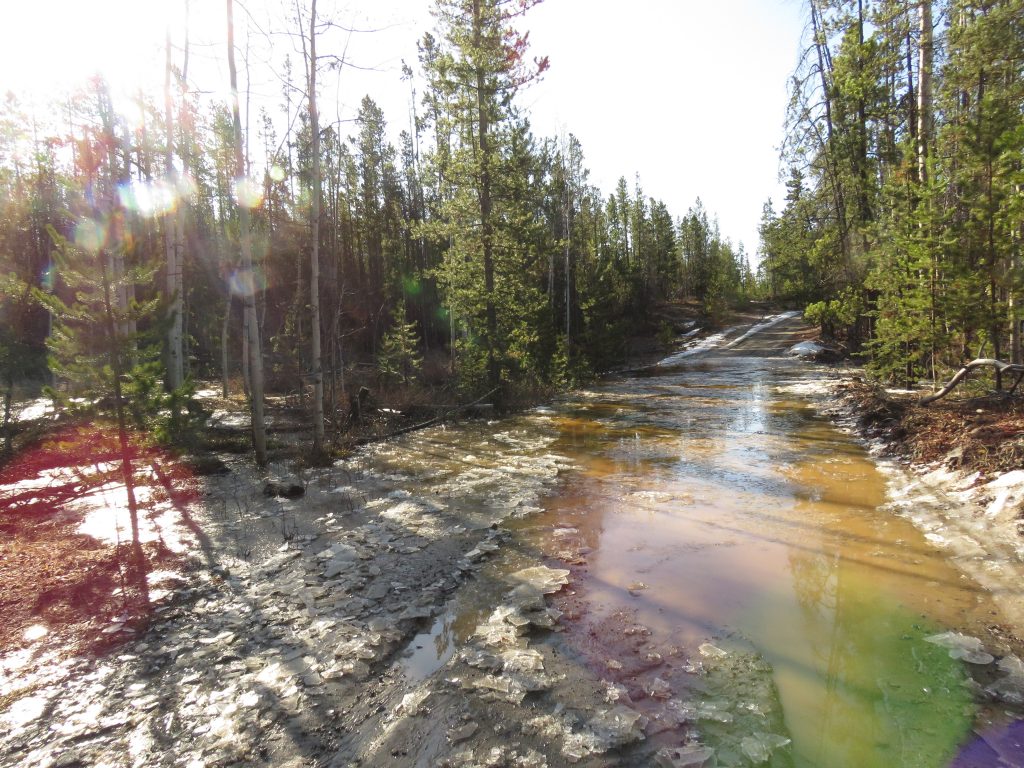
I was due to go to Williams Lake to meet four new volunteers. There were two couples, each had their own vehicle but neither was 4 x 4. I wondered how I would get them home.
The aspen trees were blooming around Tatla Lake.
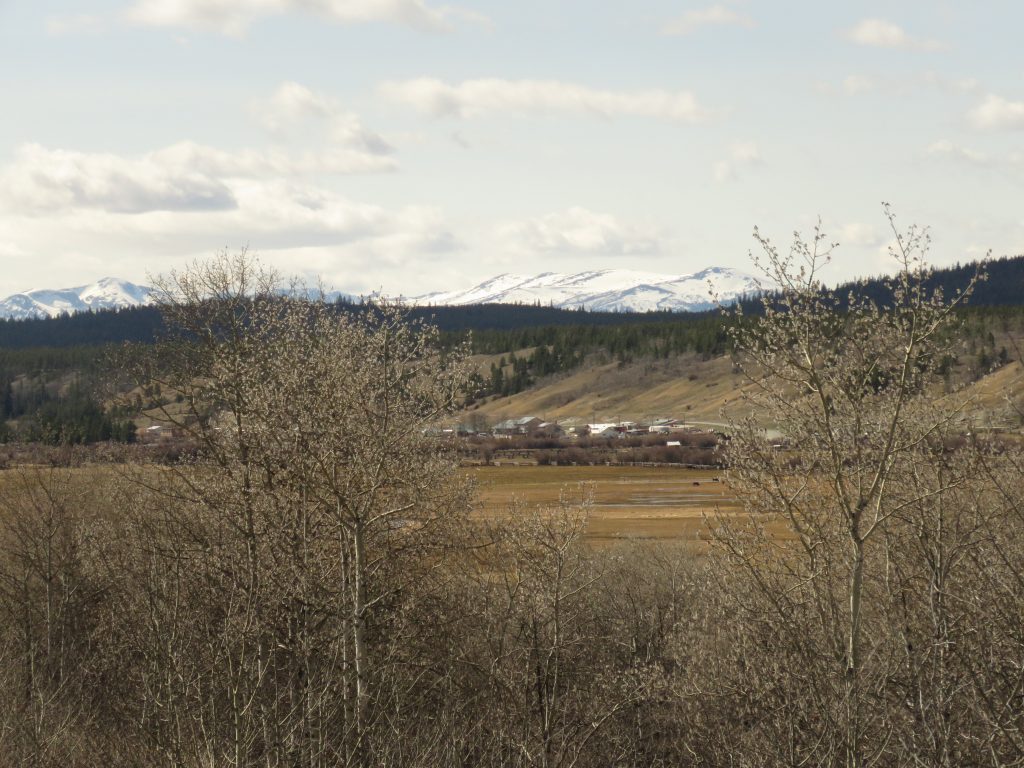
First Nation Reserves dot Highway 20, and they had signs up asking people not to enter.
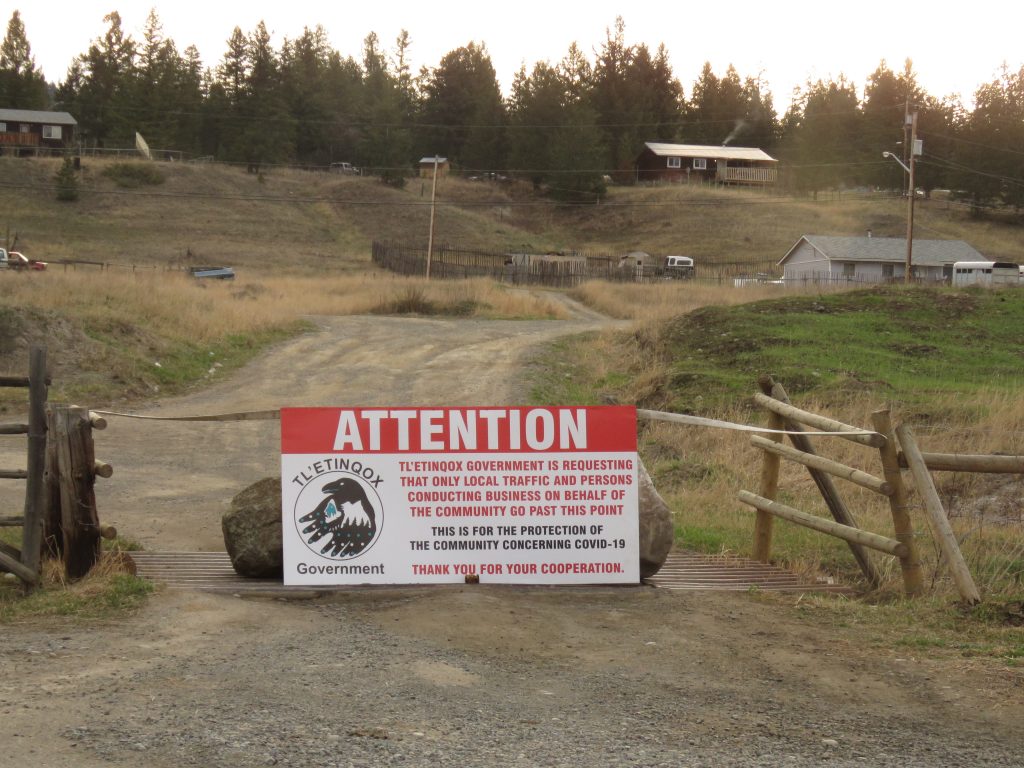
We parked the volunteers’ vehicles near the highway and I drove them up to the worst spot on my road. All four are from Germany. Two have isolated in Whistler – I was a bit concerned about this, but the tourist businesses shut down very early, and I have a friend in ER there who told me very few cases have been reported in that area. The other couple had spent time in the Yukon, also a very low infected area. I would keep them out of my house for 2 weeks, and ask them not to stray off the property, but they opted to share space with each other at once.
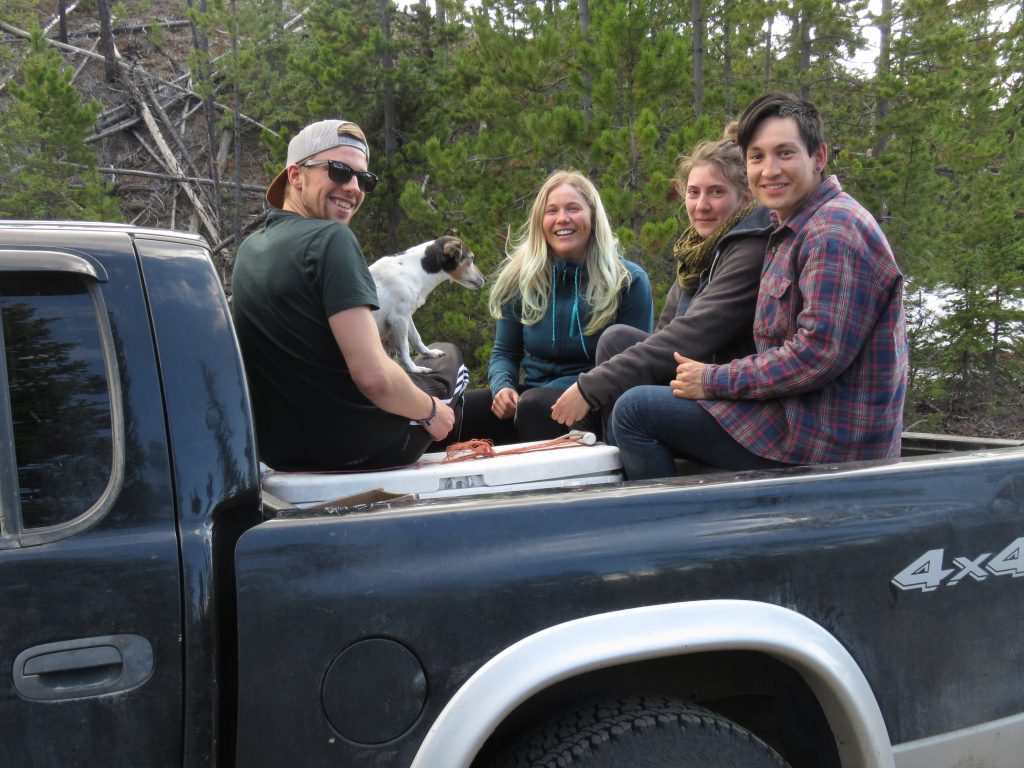
With some apprehension they tackled the worst mud hole, but both vehicles got through.
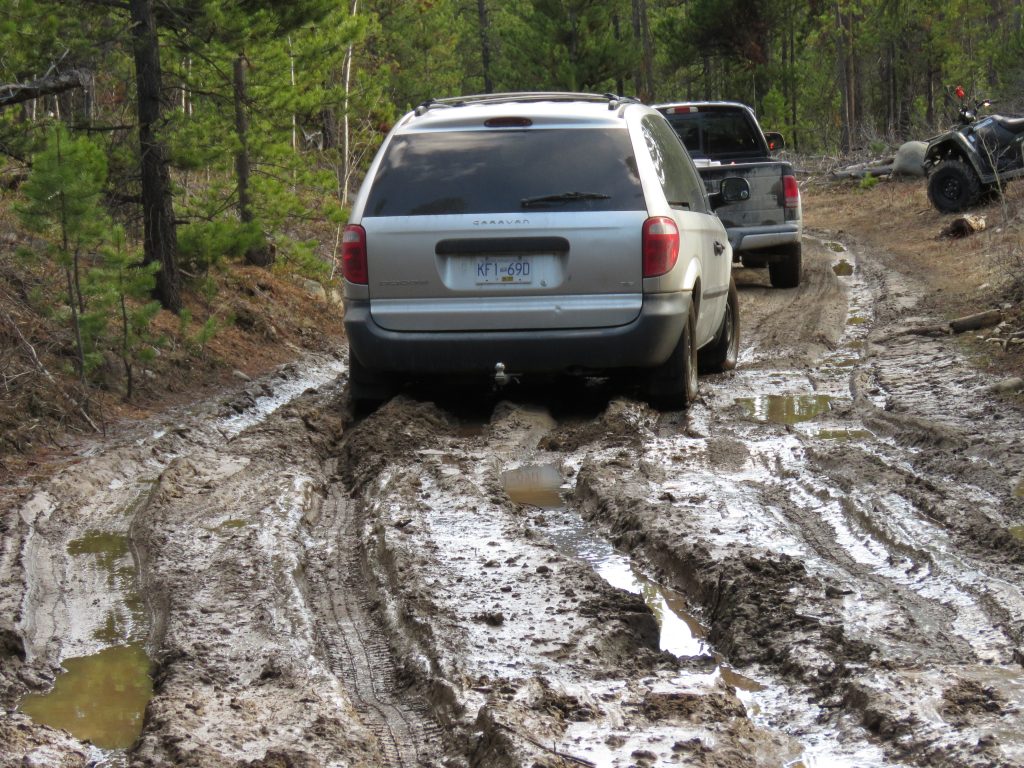
On the first day, I gave them a little tour. I heard a clark’s nutcracker, but the most obvious bird was bigger with the wrong beak. Turned out to be a hawk that the nutcracker was bombing to warn it away from its nest.
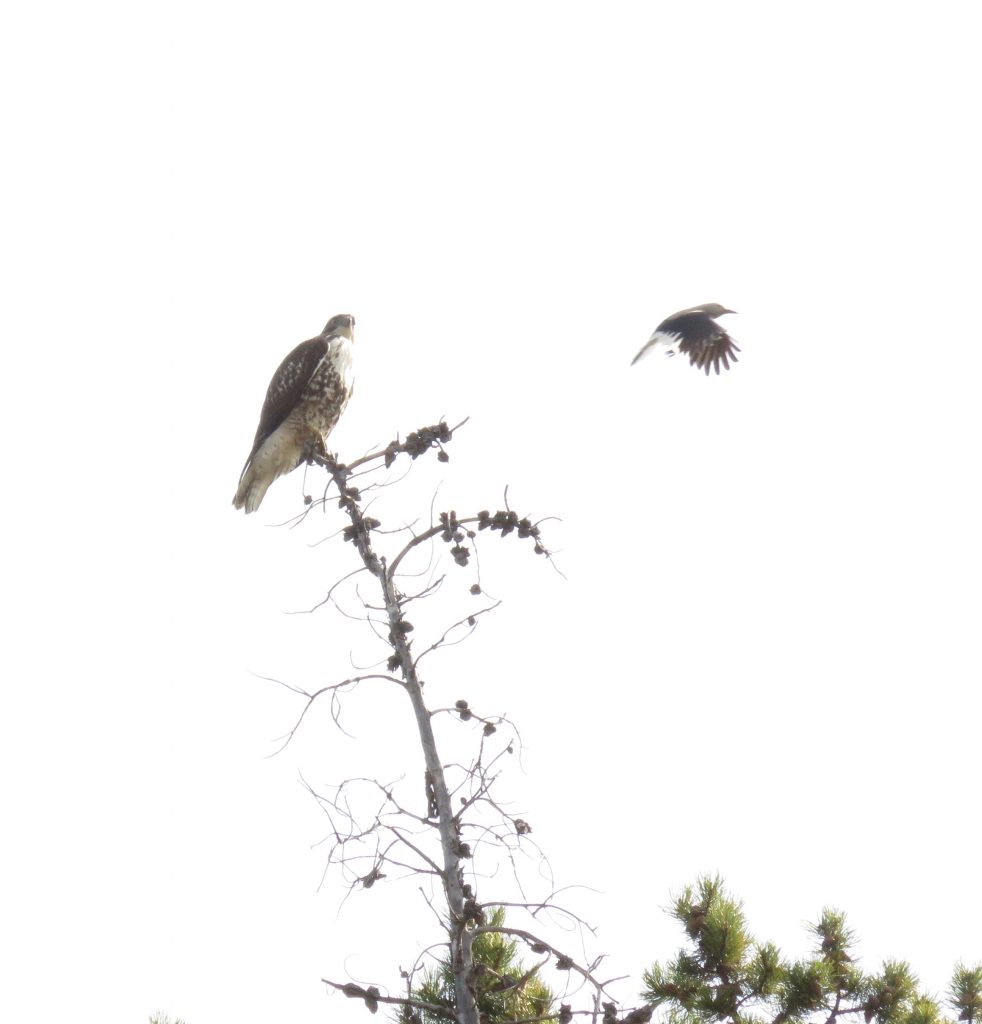
After several attempts, the hawk had enough.
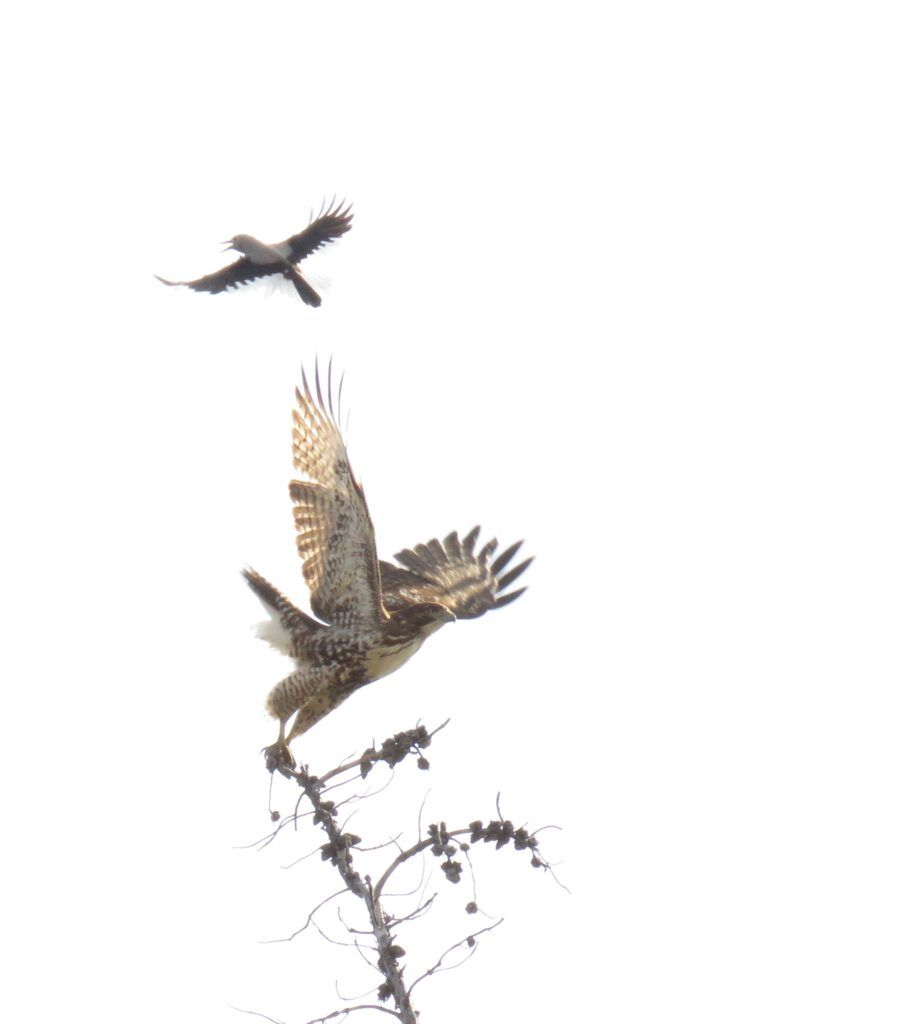
We are already over a week into our new quarantine period, a mere 6 days from our “freedom day.” The volunteers have been doing great work, but I’ll detail it in the next post. The gorgeous weather of April has regressed into cool, often grey weather, with a lot of cold wind and a bit of rain. Still, it is keeping the bugs away. And we have been rewarded with two spectacular sunrises.
